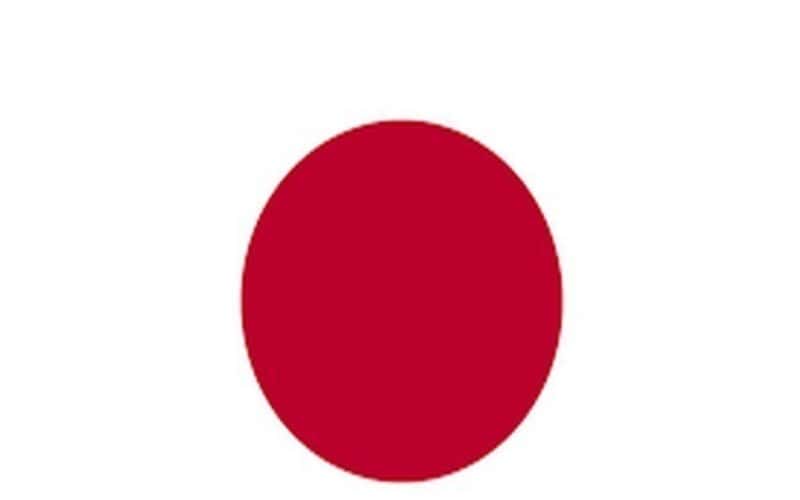Tokyo: Japan has launched a huge operation to provide humanitarian assistance and assess the damage wrought by typhoon Hagibis after its hurricane-force winds and torrential rain killed at least 26 people and sparked major flooding.
At least 26 people are known to have died in the storm and 18 people are still missing in central, eastern and northern areas of the main Honshu island while another 175 were injured, Efe news reported on Sunday, citing the latest figures from rescue agencies and local authorities collected by Japanese media.
Public broadcaster NHK released dramatic footage of a helicopter rescue as well as boats travelling through flooded residential areas on Sunday as at least 12 rivers burst their banks.
In Nagano prefecture – one of the worst affected by the storm – torrential rains caused the Chikuma river to overflow and flood nearby localities, carrying away vehicles in its torrent.
In Sano, Tochigi prefecture, the overflowing Akiyama river flooded a residential area and rescue teams were evacuating locals.
The central government has deployed around 27,000 soldiers of the Self-Defence Forces (military) to take part in the rescue efforts, local news agency Kyodo reported.
The country’s road network was also affected and the flooding of some of them left some areas isolated.
In the town of Kawagoe, north of the capital, some 260 people from a nursing home became stranded when taking shelter in a neighbouring building after the Oppe river overflowed. They were later rescued by emergency teams using boats.
In Tokyo, the waters of the Tama river were also flowing above the limit and the lower floors of some buildings, including a hospital, had been flooded.
Local firefighters were trying to ascertain if everybody had evacuated successfully, while one man was found dead, NHK reported.
The area close to the river is often inhabited by homeless people and search and rescue efforts continued as water levels started to recede.
Also in the capital, two of the 12 crew members of a cargo ship flying the Panamanian flag was killed and six others were missing after the weather conditions caused by Hagibis sank the vessel, which had been anchored in the Tokyo bay.
The heavy rainfall brought by Hagibis prompted the Japanese Meteorological Agency to issue an unusual maximum alert for adverse weather and urged the population to take refuge in the upper floors of buildings. Evacuation orders and recommendations affected 10 million people.
In the prefectures of Tohoku, northeastern Japan, and Kanto – which includes Tokyo – the rain recorded on Saturday amounted to 30-40 percent of the annual rainfall in the region, NHK reported.
The companies in charge of some dams authorized the release of water as an emergency measure to prevent a possible collapse, with the released water increasing the levels of already overflowing rivers.
The JMA urged people to remain on alert to the risk of flooding and landslides even after the typhoon had passed, warning that the soil might loosen due to the heavy rains.
Around 50 landslides of varying size had been registered across the country and reportedly buried many houses in rural areas, with casualties reported but not yet specified.
In the town of Ichihara in Chiba prefecture, east of Tokyo, a tornado destroyed 12 houses and damaged more than 70, also overturning the car of a 50-year-old man, who died as a result.
The region, which was still recovering from typhoon Faxai in September, was also hit by a 5.7 magnitude earthquake during the storm.
More than 100,000 homes were still without power by 6 pm local time, according to the Tokyo Electric Power Company.
The passage of Hagibis – the 19th typhoon of the season in the Pacific and one of the most powerful to hit Japan in decades – had on Saturday completely paralyzed transport in the region.
Although services were being restored gradually, more than 800 flights remain cancelled on Sunday, NHK reported.
The organisers of the Rugby World Cup also cancelled “on safety grounds” the match between Namibia and Canada scheduled for Sunday in Kamaishi.

